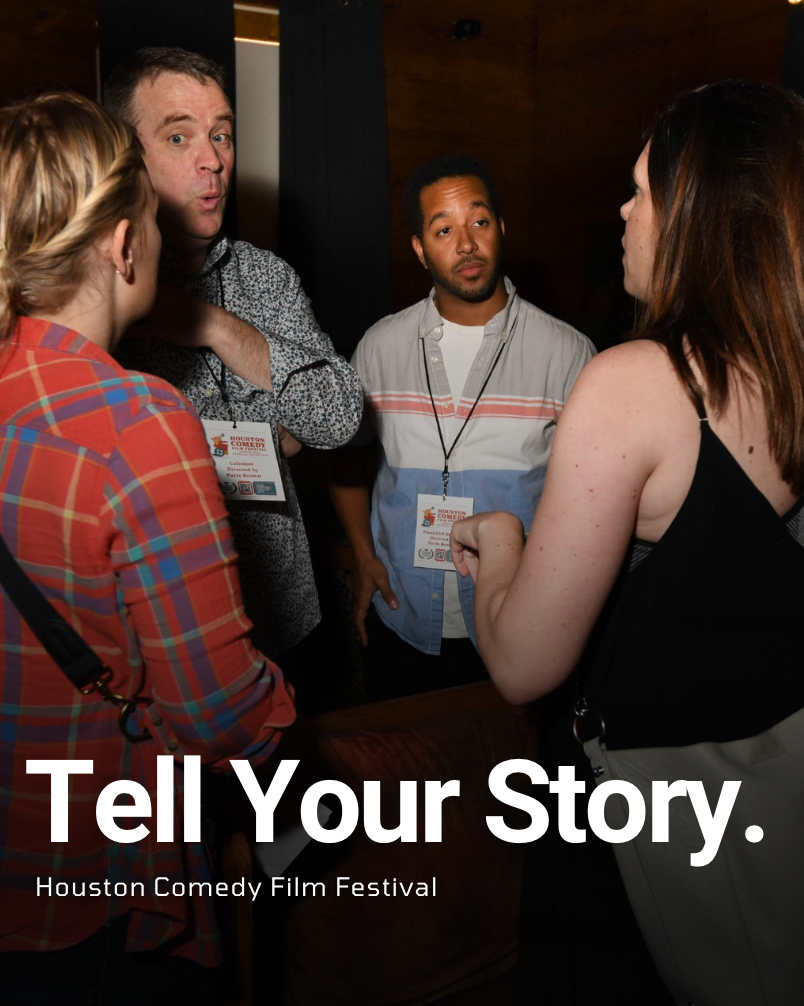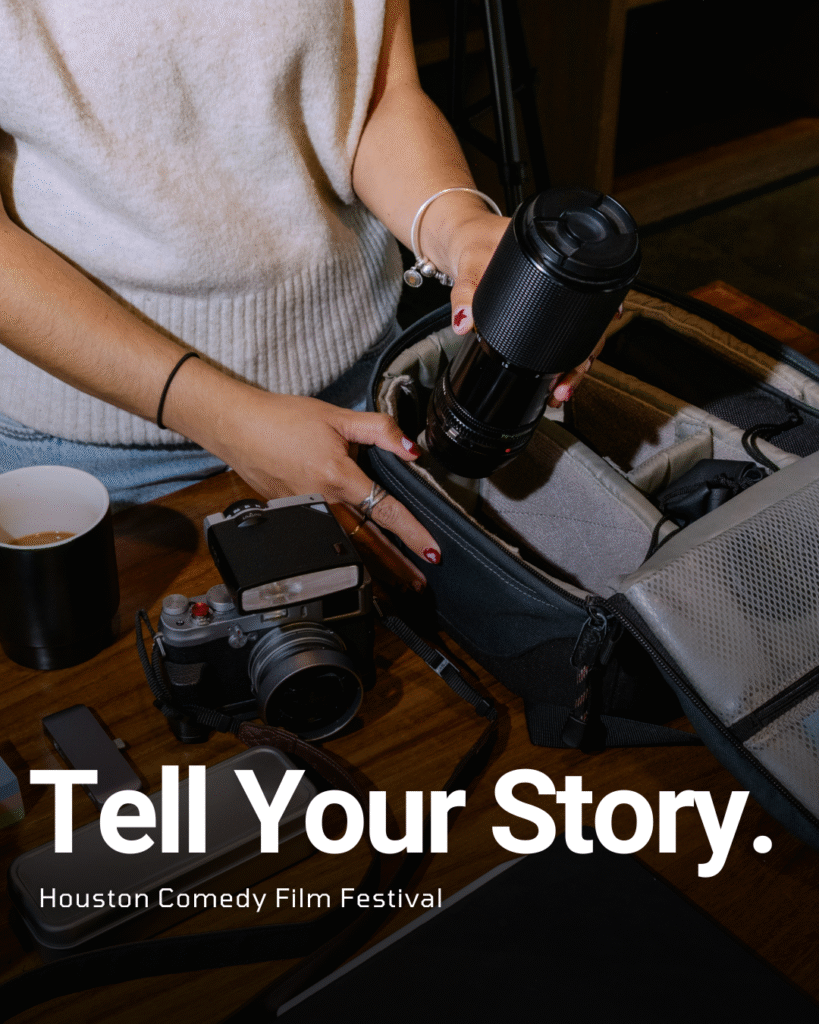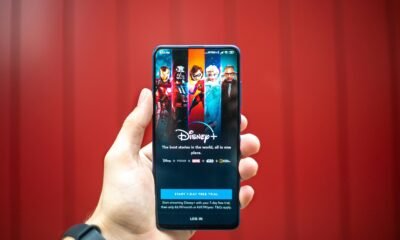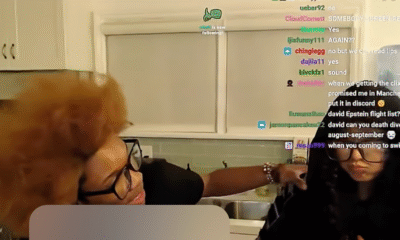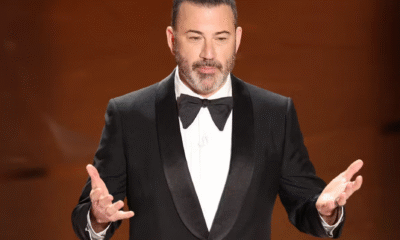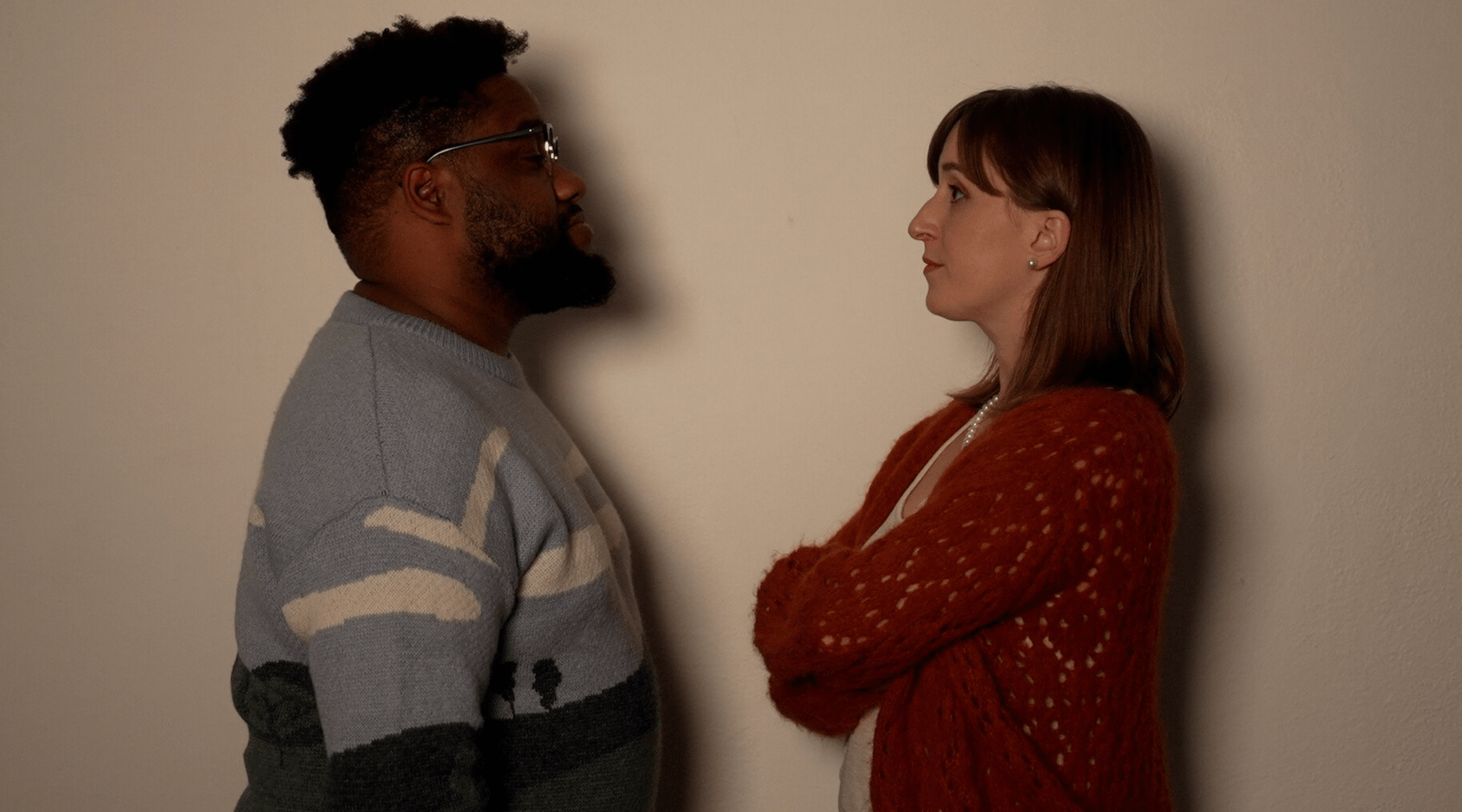Entertainment
Jay Leno and Wife Mavis Leno’s Complete Relationship Timeline on January 27, 2024 at 6:15 pm Us Weekly
TV icon Jay Leno and his wife, Mavis Leno, have been married for four decades — and they are still in love.
“We have a great time. You have to marry a normal person,” Jay said during an appearance on The Kelly Clarkson Show in September 2023. “Guys say [to me] all the time, ‘I met this girl, she’s crazy but the sex is unbelievable.’ I go to them, ‘You’re right, but when the sex is over, she’s still crazy. Now, you have 23 hours of crazy until [the] good-crazy hour comes back.’”
He continued, “I always [say], ‘Marry your conscience. Marry the person you wish you could be, who is kind and maybe whatever fault you have, doesn’t have those faults.’ That’s worked out for me, so to me, I married the perfect person. It worked out good.”
Less than one year later, news broke in January 2024 that Mavis had been diagnosed with Alzheimer’s disease after Jay filed for a conservatorship on her behalf. (The pair did not address Mavis’ diagnosis at the time. Us Weekly reached out for comment.)
Keep scrolling to revisit Jay and Mavis’ complete relationship timeline:
1976
Jay and Mavis first crossed paths in January 1976 when she went to his set at Los Angeles’ Comedy Store.
“At the time I thought, ‘Holy s—t! That comedian is gorgeous!” Mavis recalled to the Los Angeles Times in September 2014. “I had gone to the Comedy Store with my girlfriend because I was writing comedy with some partners. Friends kept saying, ‘You have to hang out at the Comedy Store and the Improv. You’ll meet people who can give you jobs.’ The first time I went, they sat us front row center — that means you’re this far from the comic. And there was Jay.”
After Mavis got up from her seat to use the restroom, she ran into Jay.
“I needed to go to the ladies’ room. What I didn’t know was in the Comedy Store back then, that area was the only place for the comedians to hang out,” she added to the outlet. “So when I came out of the bathroom, he said, ‘Are you that girl in front?’ And I said, ‘Yes, that was me.’”
Jeff Kravitz/FilmMagic
Late 1970s
Jay has proclaimed that the couple’s engagement wasn’t the most “romantic” way to pop the question.
“I had this insurance policy, and I thought if something happened to me, my girlfriend wouldn’t be covered, but if we’re married, we’re covered, so we might as well get married,” he told the Los Angeles Times in 2014. “Not the most romantic. Mavis didn’t even get an engagement ring until [2004].”
Mavis chimed in, reasoning they “just bought a house” together instead. “So why would I do that?” she quipped. “I’m not that kind of person.”
Jay and Mavis still reside in the same Beverly Hills residence.
Kevin Winter/Getty Images
November 1980
Jay and Mavis wed after four years together despite Mavis once proclaiming she never wanted to walk down the aisle.
“I always had this idea that I would never get married,” Mavis previously told People in a 1987 profile of Jay. “It was a big thing with me, part of my vehement feminism. But with Jay, I began to realize that this was the first time I was ever with someone where I had a perfect, calm sense of having arrived at my destination.”
Nearly 10 years later, Jay began hosting The Tonight Show and Mavis remained his biggest supporter.
June 2012
Jay made sure to give Mavis a sweet shout-out when he completed Us Weekly’s 25 Things You Don’t Know About Me feature.
“My wife and I have been married for 32 years,” he told Us. “No kids, but we have a cat.”
Kris Connor/Getty Images
October 2014
The couple never had children together due to Mavis’ long-held preferences.
“I remember telling my mother when I was 7 or 8 that I was never going to get married or have children. To me, this is the way women get caught,” she quipped to the Washington Post in 2014.
Jay retired from The Tonight Show later that year before Jimmy Fallon took over the timeslot.
November 2022
Jay suffered serious burns during a garage gasoline fire, which requested multiple surgeries. Before Jay was transported to the hospital for treatment, he requested a pit stop at home to inform and pick up Mavis.
“My wife doesn’t drive anymore and I didn’t want her stuck and not knowing what was going on,” Jay said during a December 2022 appearance on the Today show. “It just seemed like the right thing to do, and I think it was.”
Mavis remained at his side throughout his recovery.
Monica Schipper/Getty Images
January 2024
Us confirmed that Jay filed a request for a conservatorship over Mavis’ estate. TMZ reported that Mavis suffers from Alzheimer’s disease, which was the foundation for Jay’s motion.
Neither Jay nor Mavis have publicly confirmed her diagnosis.
TV icon Jay Leno and his wife, Mavis Leno, have been married for four decades — and they are still in love. “We have a great time. You have to marry a normal person,” Jay said during an appearance on The Kelly Clarkson Show in September 2023. “Guys say [to me] all the time, ‘I
Us Weekly Read More
Continue Reading
Entertainment
California Bans AI Clones from Replacing Real Talent

California just made a dramatic stand for human creativity, defeating the threat of AI actor clones with a sweeping new law that puts people—not algorithms—back in the Hollywood spotlight. With the stroke of Governor Gavin Newsom’s pen in October 2025, the state has sent a clear message to studios, tech companies, and the world: entertainment’s heart belongs to those who create and perform, not to digital facsimiles.
California Draws a Hard Line: No More AI Clones
For months, the entertainment industry has been divided over the use of artificial intelligence in filmmaking. Studios, lured by promises of cost-cutting and creative flexibility, have invested in software that can mimic an actor’s face, voice, and even emotional range. But for performers, this wave of synthetic reproduction has triggered alarm—encouraged by chilling stories of deepfakes, unauthorized digital doubles, and contracts that let studios reuse a star’s likeness indefinitely, sometimes without pay or approval.
The new California law, anchored by AB 2602 and AB 1836, changes everything:
- Every contract must explicitly detail how studios can use digital replicas or voice models, preventing once-common “blank check” agreements that overlooked this risk.
- No one—not studios nor streaming giants—can create or release AI-generated clones of an actor, living or dead, without clear, written consent from the performer or their estate.
- The law gives families new powers to defend loved ones from posthumous deepfake exploitation, closing painful loopholes that once let virtual versions of late icons appear in new ads, films, or games.
Actors Celebrate a Major Victory
The legislation rides the momentum of the recent SAG-AFTRA strike, where real-life talent demanded control over their own digital destinies. Leaders say these protections will empower artists to negotiate fair contracts and refuse participation in projects that cross ethical lines, restoring dignity and choice in an industry threatened by silent algorithms.
Stars, unions, and advocacy groups are hailing the law as the most robust defense yet against unwanted AI replications.
As one actor put it, “This isn’t just about money—it’s about identity, legacy, and respect for real artists in a synthetic age.”
A New Chapter for the Entertainment Industry
California’s move isn’t just a victory for local talent—it’s a warning shot to studios everywhere. Companies will now be forced to rethink production pipelines, consult legal counsel, and obtain proper clearance before digitally cloning anyone. Global entertainment platforms and tech developers will need to comply if they want to do business in the world’s entertainment capital.

These laws also set a template likely to ripple through other creative fields, from musicians whose voices can be synthesized to writers whose work could be mimicked by generative AI. For now, California performers finally have a powerful shield, ready to fight for the right to shape their own public image.
Conclusion: Human Talent Takes Center Stage
With its no-nonsense ban on AI actor clones, California draws a bold line, championing the work, likeness, and very humanity of its creative stars. It’s a landmark step that forces the entertainment industry to choose: respect real talent, or face real consequences. The age of the consentless digital double is over—human performers remain the true source of Hollywood magic.
Entertainment
Chaos and Comedy: Darby Kingman’s “Camp Wackapoo: Rise of Glog”

Darby Kingman’s “Camp Wackapoo: Rise of Glog” redefines summer camp comedy with a wild, energetic story about ambition, chaos, and the joy of embracing the unexpected. The film centers on a relentlessly competitive camp counselor who’s determined to finish first—only to face a motley crew of unruly campers and a summer unlike any other.
As Darby puts it, “Not everything is that deep. It really honestly was to make people laugh. She has all these kids that are not working with her and she’s just losing her mind. It’s crazy, silly, goofy, and it was a blast.”
What started as a simple scene for Darby’s acting reel evolved into a full-fledged film with encouragement from her mentor at Debbie Reynolds Acting School. Darby dove into every role—writing, directing, starring, and meticulously preparing each prop and costume. “Plan and prepare, but also be flexible and ready to be in the moment—that’s when the magic happens,” she advises.
Working with a handpicked cast of her own dance students, Darby built an atmosphere of real teamwork and camaraderie. She credits the “precious” energy of her young cast, her creative director of photography, and the overall spirit of her production team for turning the project into something bigger than herself. Her experience is an inspiring blueprint for indie filmmakers:
“Take initiative and control of your career. You can’t just sit around and wait for somebody to pick you. Figure out what you’re good at and go for it. Create something that brings joy to others.”
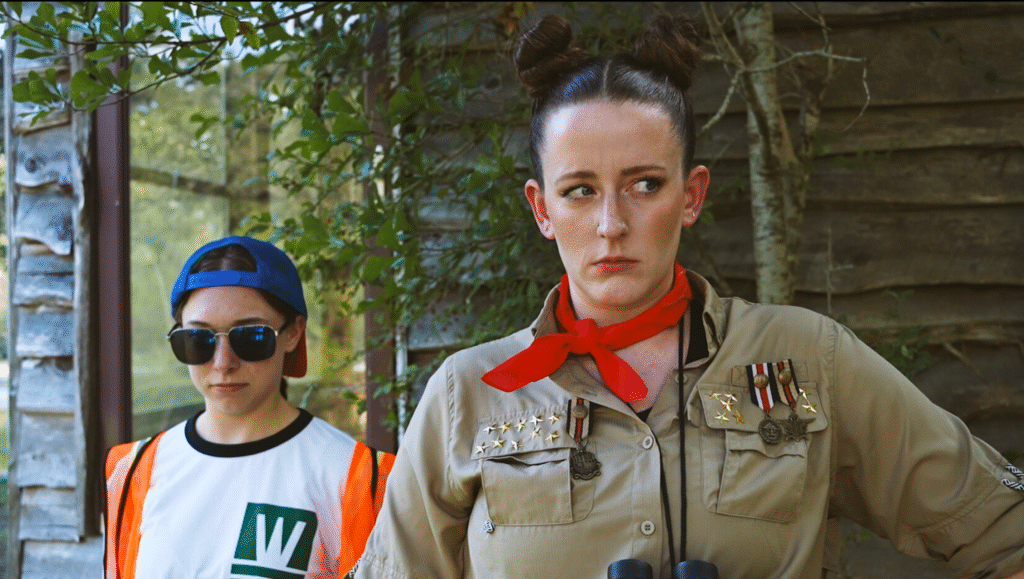
Her production motto? “Preparation is key, but you have to be ready to go with the flow—that’s when the magic happens.” Darby’s fearless creativity, focus on collaboration, and love for comedy shine throughout “Camp Wackapoo: Rise of Glog.” It’s more than just a camp satire—it’s a heartfelt testament to hard work, original humor, and leadership from the ground up: “People need to laugh right now. That’s a win.”
Catch “Camp Wackapoo: Rise of Glog” and experience Darby’s infectious energy and comic genius at the Deluxe Theatre on November 1, 2025. Get your tickets now at Houstoncomedyfilmfestival.com.
Entertainment
Diane Keaton Dies at 79
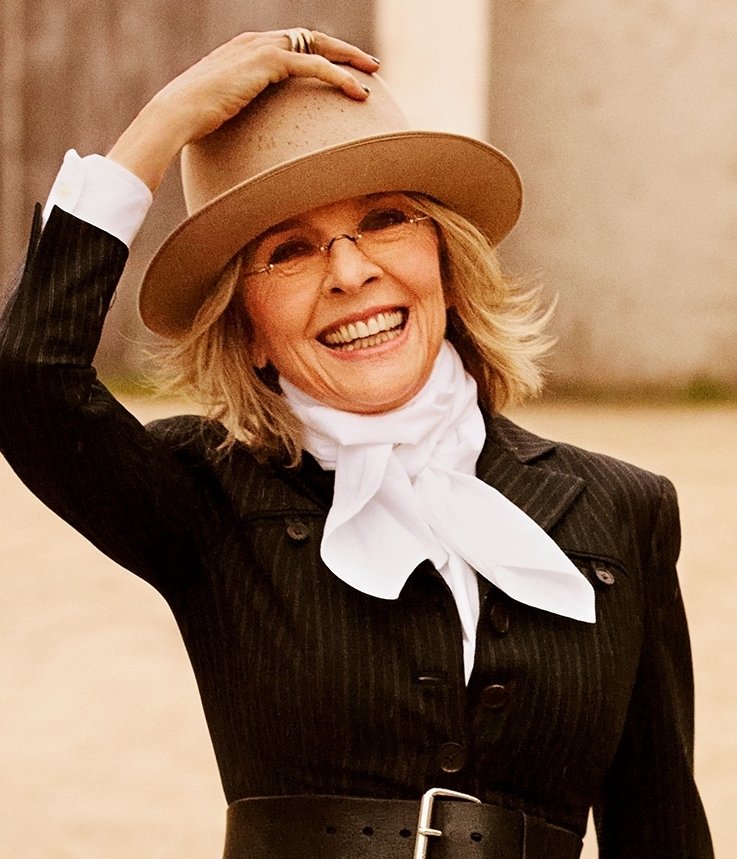
The world of film and entertainment is mourning the loss of Diane Keaton, an Oscar-winning actress renowned for her enduring talent, individuality, and influence on generations of performers and fans. Keaton died at the age of 79 in California on Saturday, October 11, 2025, her family confirmed. Details remain private, with her family requesting privacy as they grieve this profound loss.
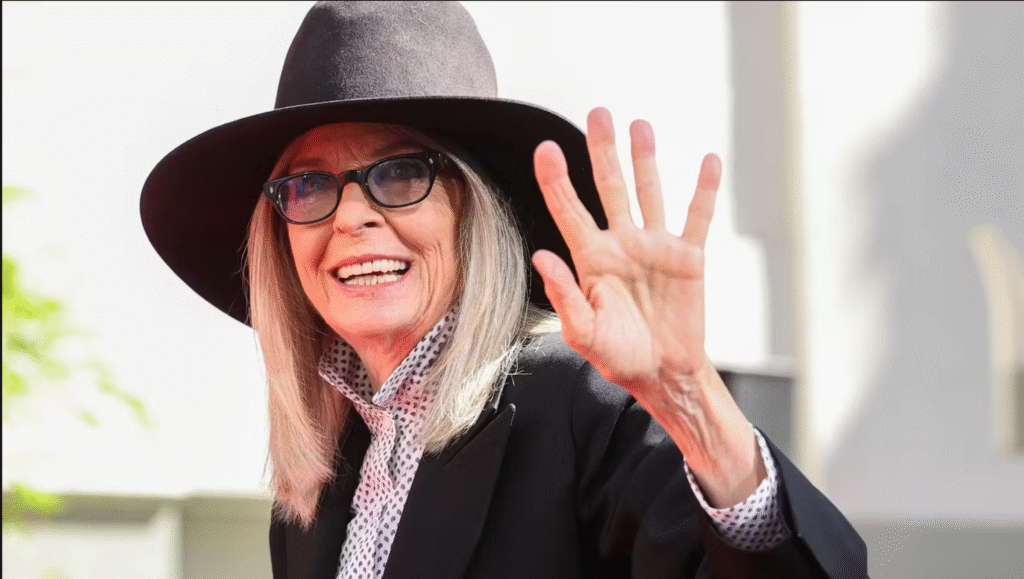
A Distinctive Talent
Diane Keaton rose to fame in the 1970s through a series of memorable roles, most notably as Kay Adams in “The Godfather” trilogy and as the quirky, unforgettable lead in Woody Allen’s “Annie Hall,” for which she won the Academy Award for Best Actress. Her performances in films like “The First Wives Club,” “Something’s Gotta Give,” and the “Book Club” series solidified her reputation as an actress with unique comedic timing and dramatic depth. Keaton was celebrated not only for her artistry but also for her androgynous fashion sense, characterized by menswear-inspired looks, hats, and an easy, effortless style that influenced generations.
Legacy and Tributes
Following the news of her passing, tributes poured in from Hollywood and beyond. Bette Midler, Goldie Hawn, and Jane Fonda were among the countless stars who expressed devastation and admiration for Keaton’s incomparable legacy. Hawn recalled their friendship and collaborations, writing: “Diane, we aren’t ready to lose you…you stole the hearts of the world and shared your genius with millions”. Midler echoed the sentiment, praising Keaton as “brilliant, beautiful, extraordinary” and a truly original presence in Hollywood.

Private Struggles and Final Months
Though fiercely independent and known for her openness, Keaton kept her declining health private in her final months. Friends and neighbors noticed her retreat from public life and social media, and she was recently seen less often in her Brentwood neighborhood. In the past, Keaton candidly discussed her ongoing battles with skin cancer and bulimia, openly advocating for personal health and authenticity.
Remembering Diane Keaton
Diane Keaton leaves behind a legacy defined by her fearless performances, unique style, and enduring influence on the arts. She is survived by her two children, Dexter and Duke. As Hollywood and her global fanbase mourn, her pioneering spirit and unmistakable voice will continue to inspire generations.

 Business3 weeks ago
Business3 weeks agoDisney Loses $3.87 Billion as Subscription Cancellations Surge After Kimmel Suspension

 Entertainment3 weeks ago
Entertainment3 weeks agoWhat the Deletion Frenzy Reveals in the David and Celeste Tragedy

 Filmmaking4 weeks ago
Filmmaking4 weeks agoThe Real Reasons Film Jobs Are Disappearing

 Entertainment4 weeks ago
Entertainment4 weeks agoABC Suspends ‘Jimmy Kimmel Live!’ Indefinitely After Kirk Remarks

 News4 weeks ago
News4 weeks agoSeeing Trauma: What Charlie Kirk’s Death Reveals About a Nation in Conflict

 Tech4 weeks ago
Tech4 weeks agoWhy Experts Say AI Could Manipulate, Blackmail, and Even Replace Human Relationships

 Entertainment3 weeks ago
Entertainment3 weeks agoExecutive Producer Debut: How Celia Carver Created Festival Hit ‘Afterparty’

 Filmmaking4 weeks ago
Filmmaking4 weeks agoWhy Hollywood’s Biggest Blockbusters Keep Failing at the Box Office



